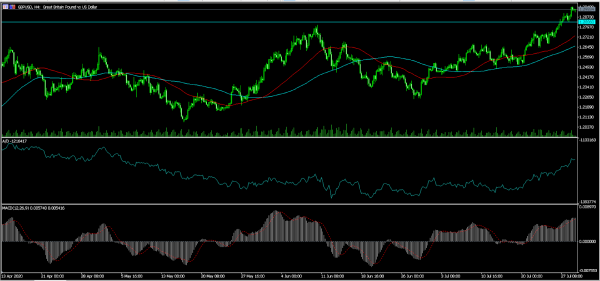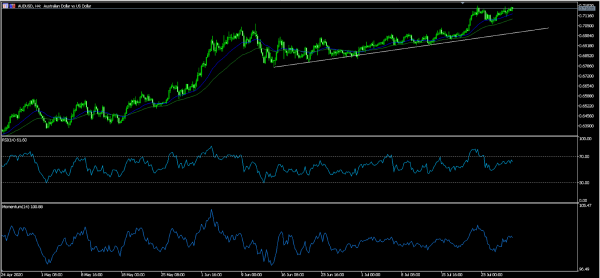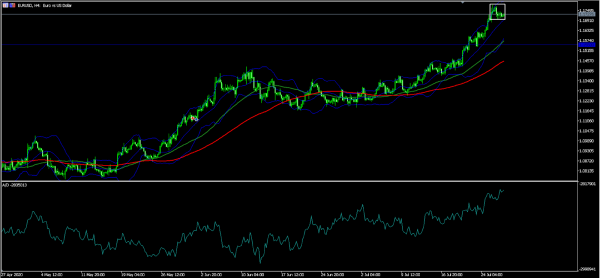The Australian dollar was little changed today as traders reacted to the country’s inflation data. According to the bureau of statistics, the annual inflation rate turned negative for the first time in 22 years in the second quarter. The headline consumer price index declined by 1.9% in the quarter. That was better than the 2.0% decline analysts were expecting. On an annualised basis, inflation declined to 0.3% from the previous 2.2%. Household items and services declined by 11% while fuel prices fell by 19%.
The US dollar index rose for the second straight day as traders waited for the FOMC decision. Analysts believe that the Fed will leave interest rates unchanged at the current range of between 0% and 0.25%. However, they also expect to hear about when the bank plans to increase rates. Also, they are watching for hints about new tools which could include yield curve control. Most importantly, analysts will want to hear about how recent events in the US affect the broader economic outlook.
In the economic calendar, we will receive the important German import price data at 06:00 GMT. Analysts polled by Reuters expect that the prices fell by 5.1% in June after falling by 7.0% the previous month. The Swedish bureau of statistics will release the manufacturing and consumer confidence data an hour later. Meanwhile, in the UK, the Bank of England will release the June mortgage data. Finally, in the US, the EIA will release the US crude oil inventories data.
EUR/USD
The EUR/USD pair is little changed today as traders wait for the important Fed interest rate decision. It is trading at 1.1730, which is slightly below this week’s high of 1.1780. On the four-hour chart, the price is slightly above the 50-day and 100-day exponential moving averages. The accumulation and distribution indicator has continued to rise while the price is along the middle line of the Bollinger Bands. Also, it has formed a bullish pennant pattern, meaning the price is likely to continue rising.
GBP/USD
The GBP/USD pair rose to an intraday high of 1.2947. On the four-hour chart, the price is above the short and medium-term moving averages. As with the EUR/USD pair, the accumulation and distribution indicator has continued to move upwards. Also, the signal and main lines of the MACD are at their highest levels in weeks. Therefore, the pair is likely to continue rising, with the next resistance being at 1.3000 and the main support being at 1.2835.
AUD/USD
The AUD/USD pair was little changed even after the Australian inflation data. On the four-hour chart, the price is above the 50-day and 100-day EMAs. Also, the RSI has moved from yesterday’s low of 48 to 62. The momentum indicator has also been rising. Like the EUR/USD pair, the AUD/USD is likely to continue rising as bulls aim for the next resistance level at 0.7200.












